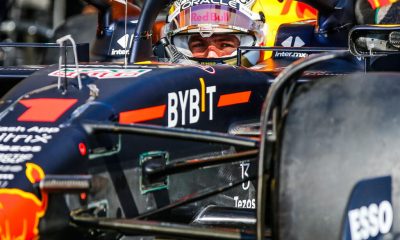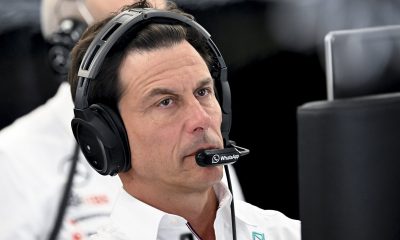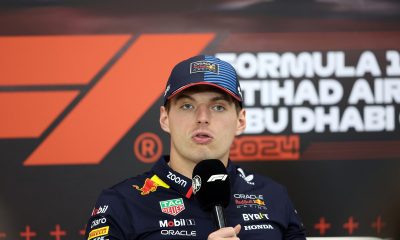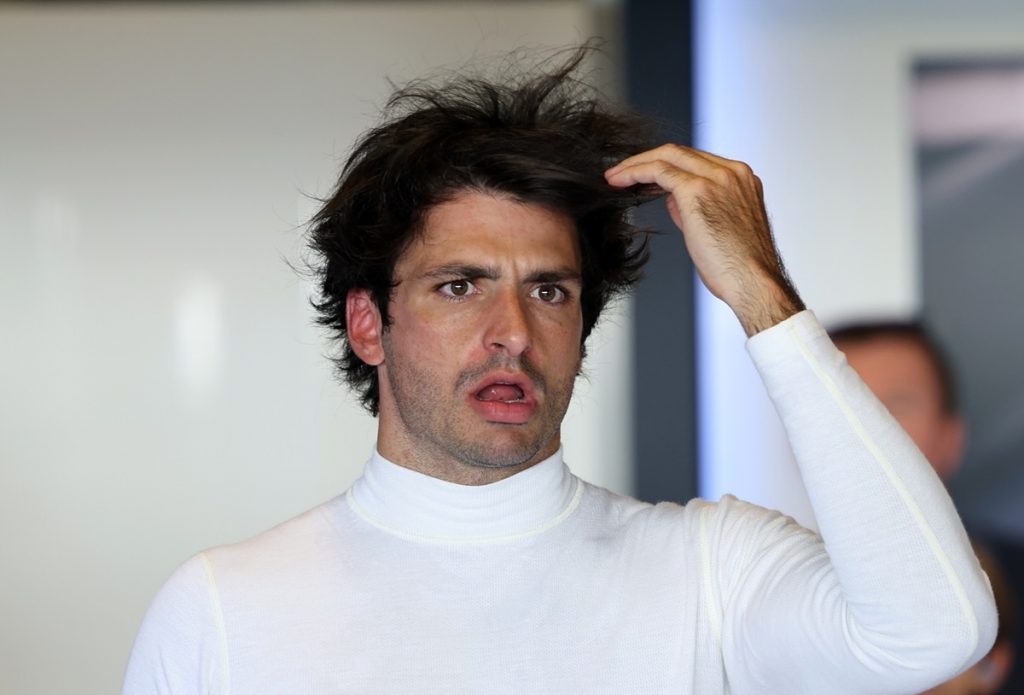F1
NEWS : Williams’ revival, Carlos Sainz’s optimism fuels F1 midfield battle
Carlos Sainz’s second day at the helm of the Williams FW45 in Barcelona has been all about fine-tuning.
More in F1
-


F1: Max Verstappen’s new number sparks Red Bull’s 2026 redesign interest
The change in focus follows confirmation that Max Verstappen will race with a new...
-


F1: Toto Wolff warns of ‘reality gap’ as F1 teams brace for 2026 rule overhaul
Speaking about the scale of the challenge ahead, Wolff identified the biggest risk as...
-


NEWS: McLaren’s Lando Norris nominated for Sports Personality of the Year award
The nomination followed a breakthrough Formula 1 season in which he claimed his maiden...
-


NEWS: Former F1 world champion Max Verstappen proud of Red Bull’s Abu Dhabi race
Verstappen, a four-time world champion, delivered a composed performance to take victory, yet he...

















